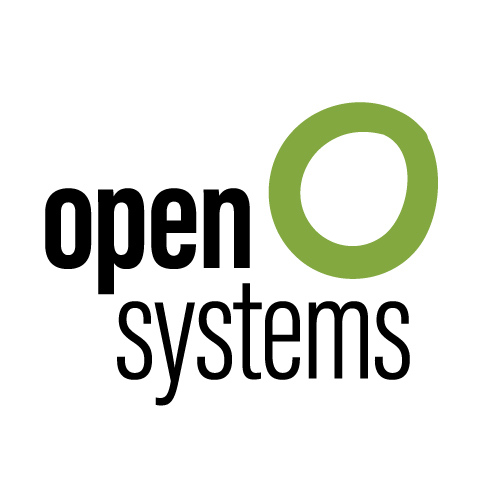
How SD-WAN Removes Complexity in Today’s IoT Era


By 2021, there is predicted to be 25 billion IoT devices, which means there is a greater opportunity than ever before for businesses to be vulnerable to cybersecurity threats.
It’s no secret that enterprises depend on IoT data for improving situational awareness, efficiency, and decision making. In fact, Gartner states that 80 percent of organizations that implemented IoT found that their IoT investments delivered more than planned outcomes.
However, IoT depends on connection, which means risk. Connecting millions of endpoints to a network puts unprecedented pressure on IT to secure access to the things and the network. In this post, we will outline the challenges IoT endpoints present for an organization’s network, and how SD-WAN can remove the complexity of configuration and management to allow for greater focus on business growth.
Will Endpoints be your Business’ End?
Enterprises are facing increased network complexity brought about by emerging technologies, shifting requirements, and the explosion of endpoints, so managing and securing a network is more important and urgent than ever before. The introduction of IoT in the enterprise is a key driver of this immense network evolution. While IoT solutions streamline workflows and improve data optimization, these business incentives must be weighed against the vulnerable threats introduced by the sheer proliferation of applications and the resulting ‘shadow IT’ that occurs within the organization when implementing IoT solutions.
Secure your Network, or Risk Being Compromised
The first step in managing and securing your business is choosing the right network. SD-WAN enables tremendous innovation capabilities and opportunities for an enterprise. It, in fact, redefines entire business models; by implementing one, the entire value chain to the customer is changed and companies become network-centric.
The defining features of secure SD-WAN include:
- Artificial Intelligence: SD-WAN gives organizations the added advantage of AI, which can detect threats for customer IoT assets, deliver stronger security, higher uptime, and more business benefits.
- Service Chaining: The IoT depends on connecting services together – from sensors in the field to data warehouses to customer and purchasing systems. Service chaining, in which connectivity is established between disparate parts of the business, is a key component of digital transformation efforts that SD-WAN offers. SD-WAN allows businesses remote oversight of vital processes such as manufacturing and energy usage which aids business intelligence. Additionally, service chaining gives organizations a competitive advantage via real-time insights into sales, delivery, and product usage – which can supercharge customer experience management.
- Network Zoning: Proper zoning using SD-WAN provides businesses with the ability to isolate vulnerable IoT devices from other business-critical IT infrastructure and ensures that if one IoT solution or device experiences an attack or outage, the entire enterprise does not become compromised. Centralizing network oversight into an SD-WAN platform also creates the opportunity to introduce compromise detection techniques which can outpace the attack itself. For example, a machine learning algorithm can learn what a given network’s ‘normal’ behavior looks like and flag outliers to engineers for incident detection and response.
- Bandwidth Support: IoT data contains real-time insights into customers and their behavior, products and their capabilities, and how customers interact with products and the world around them. SD-WAN gives IoT endpoints the proper bandwidth support so that businesses can utilize IoT data in real-time to deliver a better customer experience.
The Network that Does it All
An effective network is imperative for an organization to survive, while a secure network is critical for an organization to thrive. The continued explosion of IoT will force enterprise organizations across all industry verticals to rethink the importance of the network. SD-WAN connects IoT with very performant AI solutions in the cloud, allowing customers to process data produced with IoT sensors and creating business opportunities we could not dream of just a couple of years ago. Enterprises who are leveraging IoT solutions and data must consider implementing cloud-first SD-WAN, and start by evaluating the following:
- Business Assessment: Analyze current networks and pinpoint where additional support is needed. Are you aware of the disparate endpoints within your organization? Do you have specific business challenges to address?
- DevOps: If you have a unique challenge, consider implementing a DevOps strategy to save on time and resources.
- Weigh the Costs vs. Threats: IoT can help an organization save money and help with the affordability of solutions, however careful consideration needs to be made in regard to managing so many endpoints. Not having a handle on increasing endpoints can introduce threats that may ultimately cost a business more.
- Security & Support: If other business-critical initiatives are a priority, consider a zoned SD-WAN network that provides always-on management, security built-in at every layer and complete visibility, flexibility, and control both at the edge and in the cloud.
By partnering with an SD-WAN provider that can create security zones and apply AI to network activity, enterprises can deploy IoT applications while also building a safer and more secure network. In turn, the network will accelerate an enterprise’s digital transformation and enable business growth without compromise.
Learn more about Open Systems’ secure SD-WAN solution and how we can partner together today.
Leave Complexity
Behind
To learn how Open Systems SASE Experience can benefit your organization, talk to a specialist today.
Contact Us



